Drift Fishing for Catfish: Rigs, Speeds, Boat Control, and Bait Tips
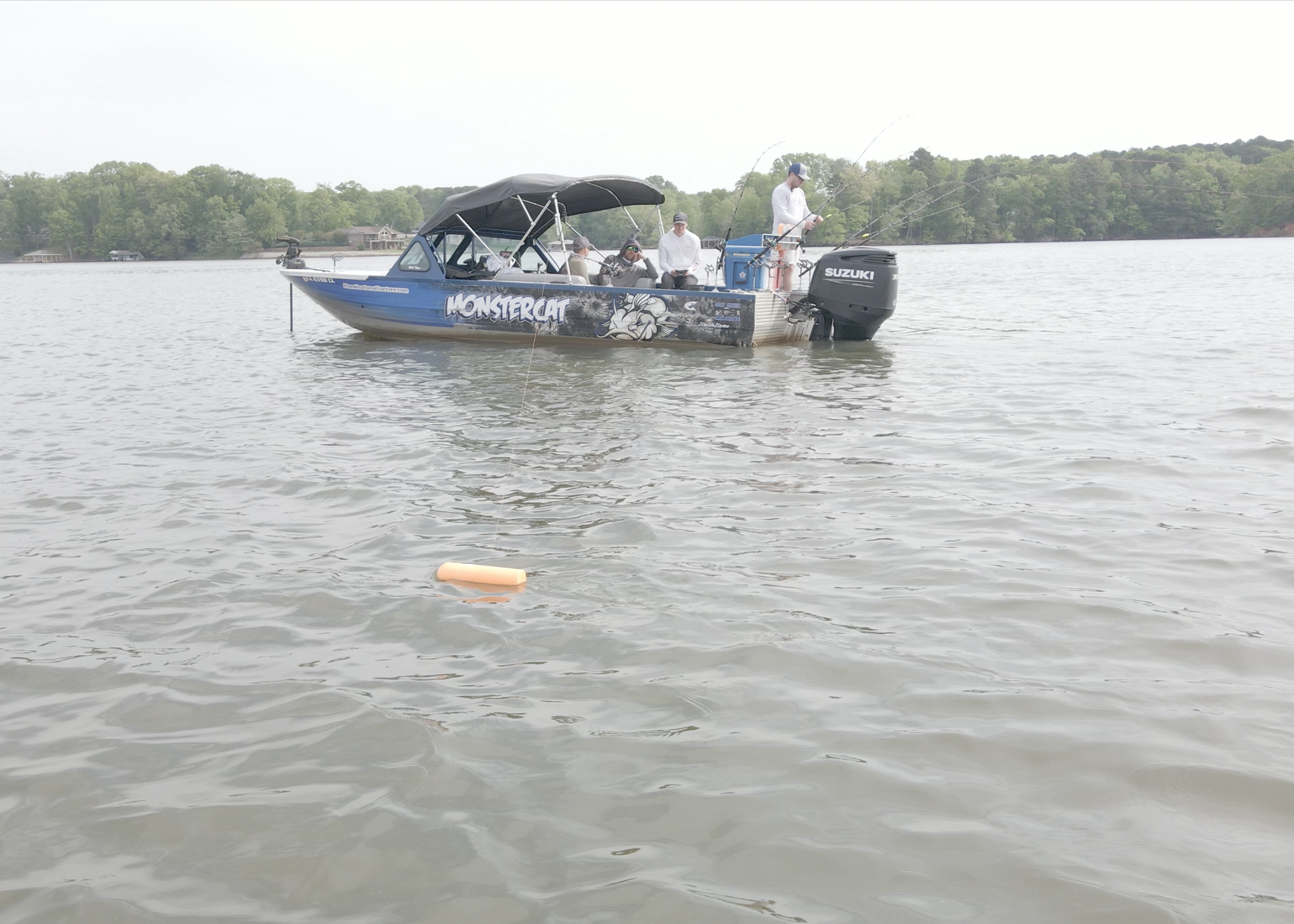
Table of Contents
Why Drift Fishing Works
Where and When to Drift
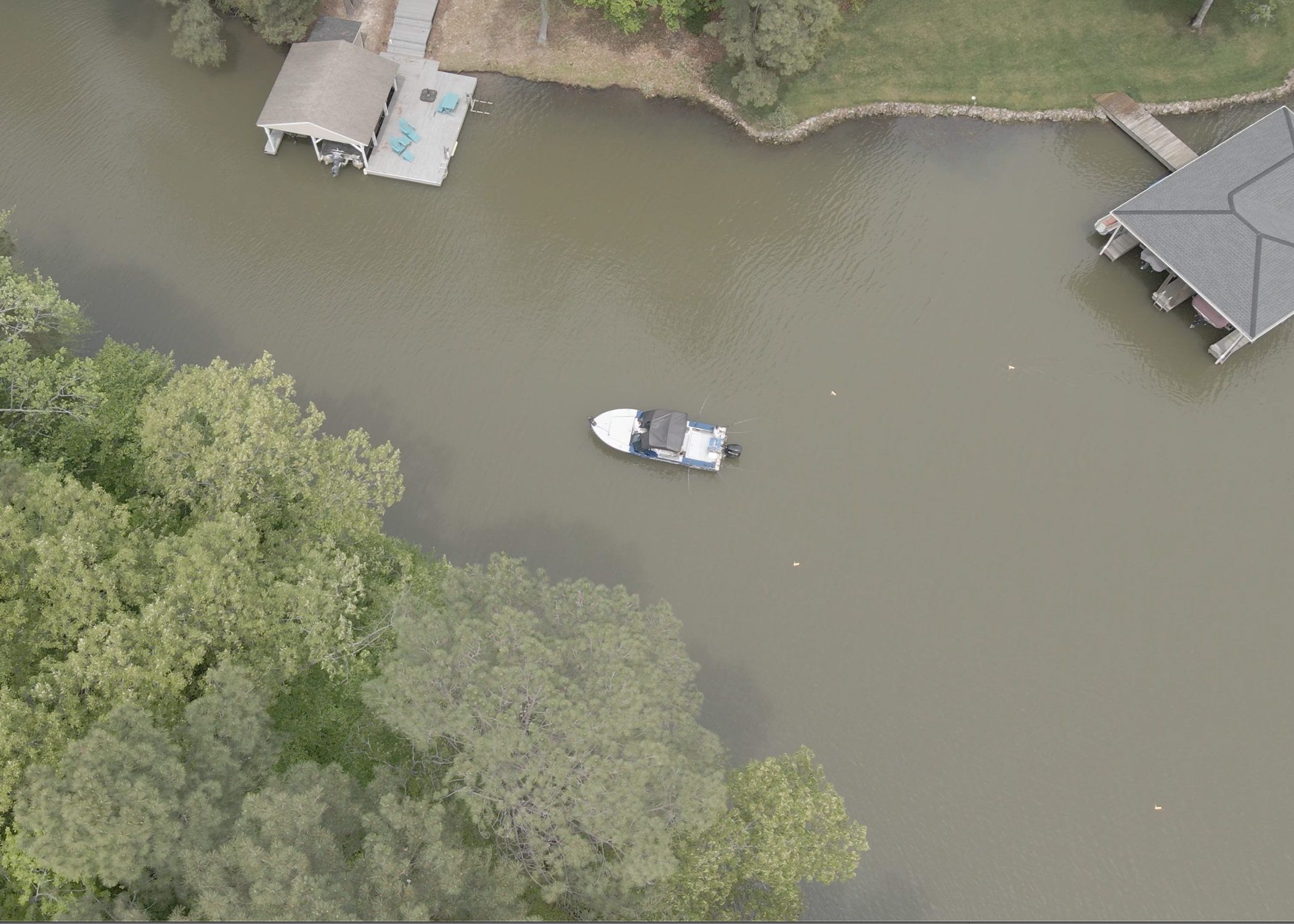
Target Drift Speed
Essential Gear
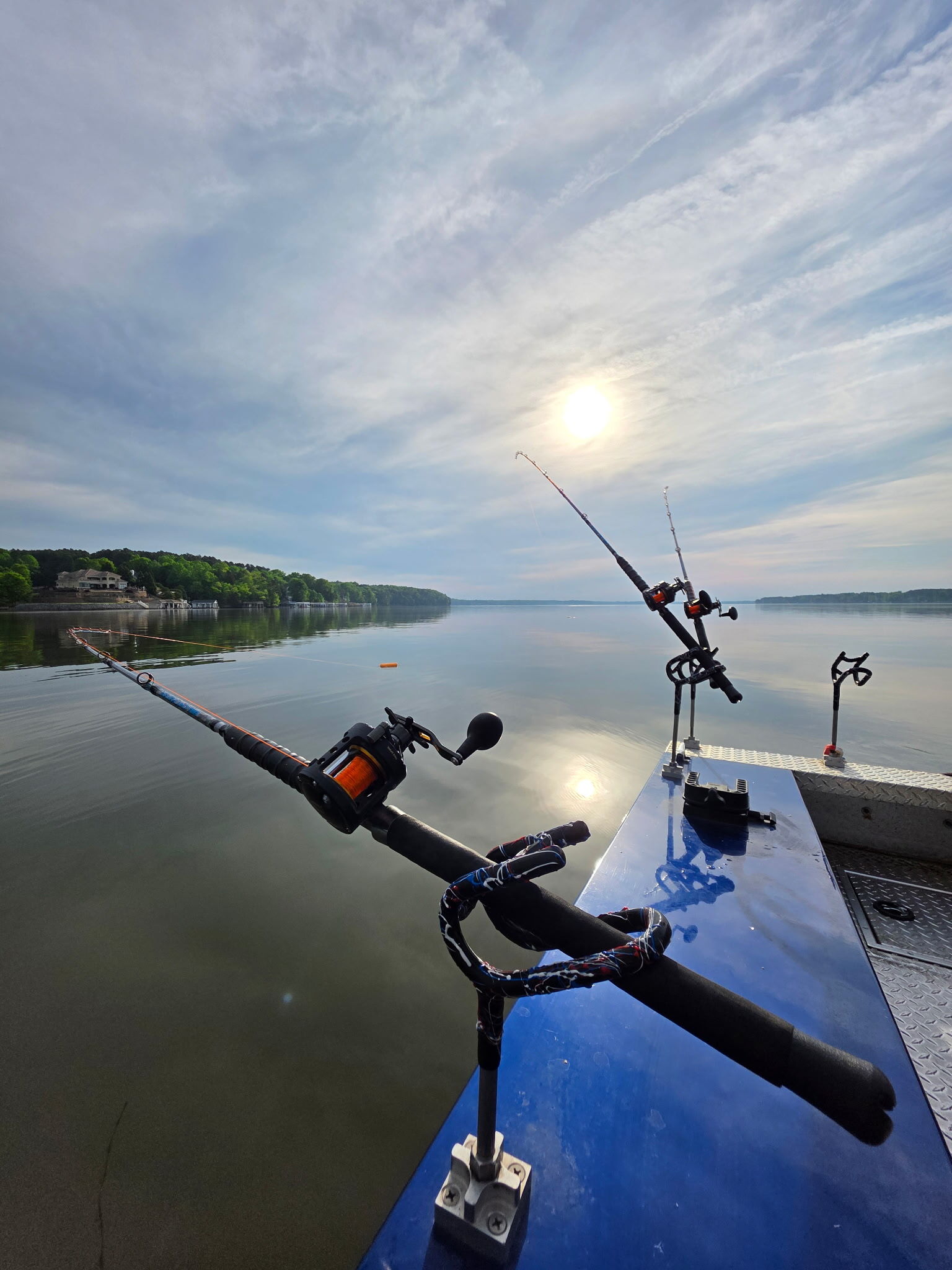
Best Baits for Drifting
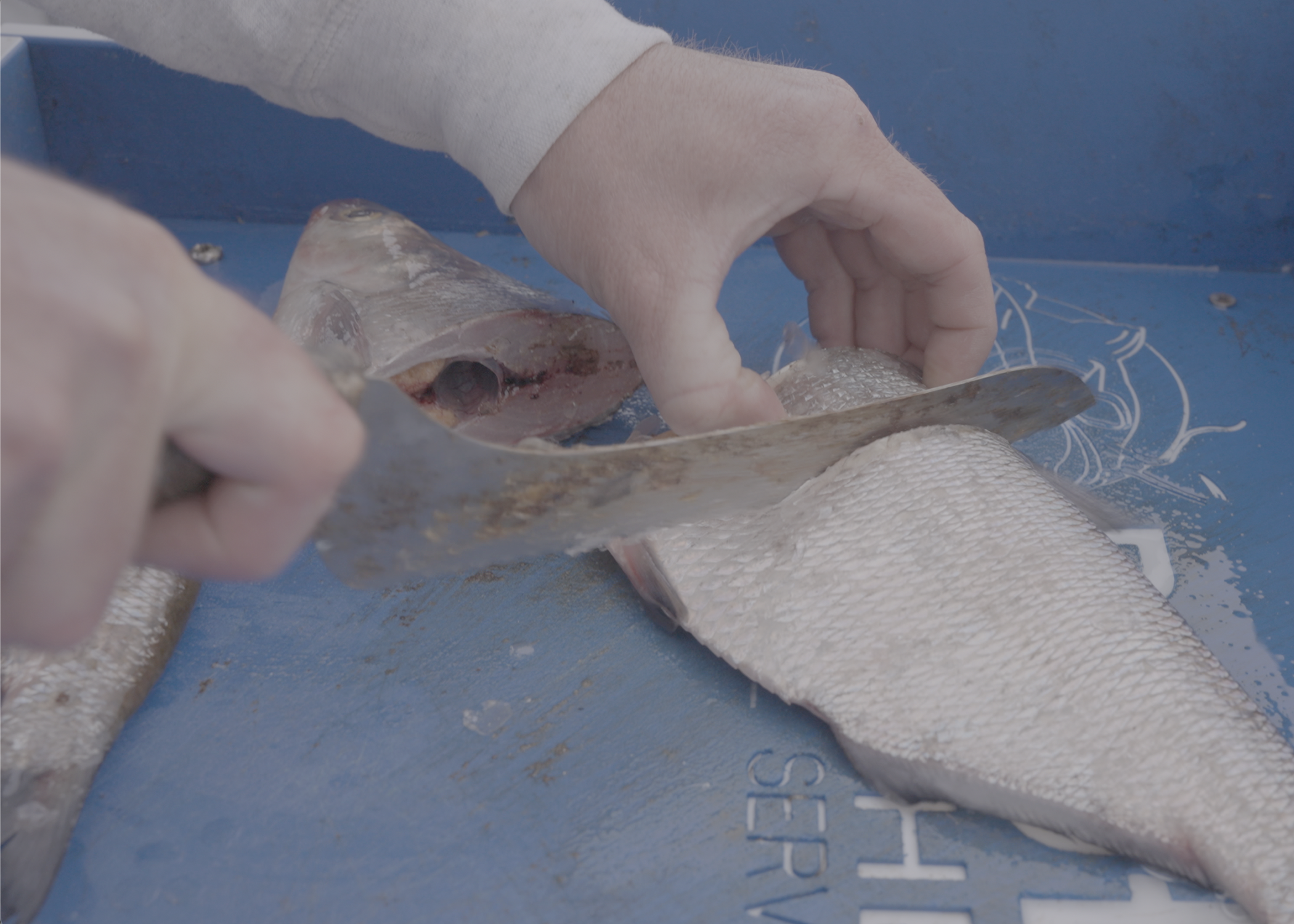
Core Drift Rigs (How to Set Them Up)
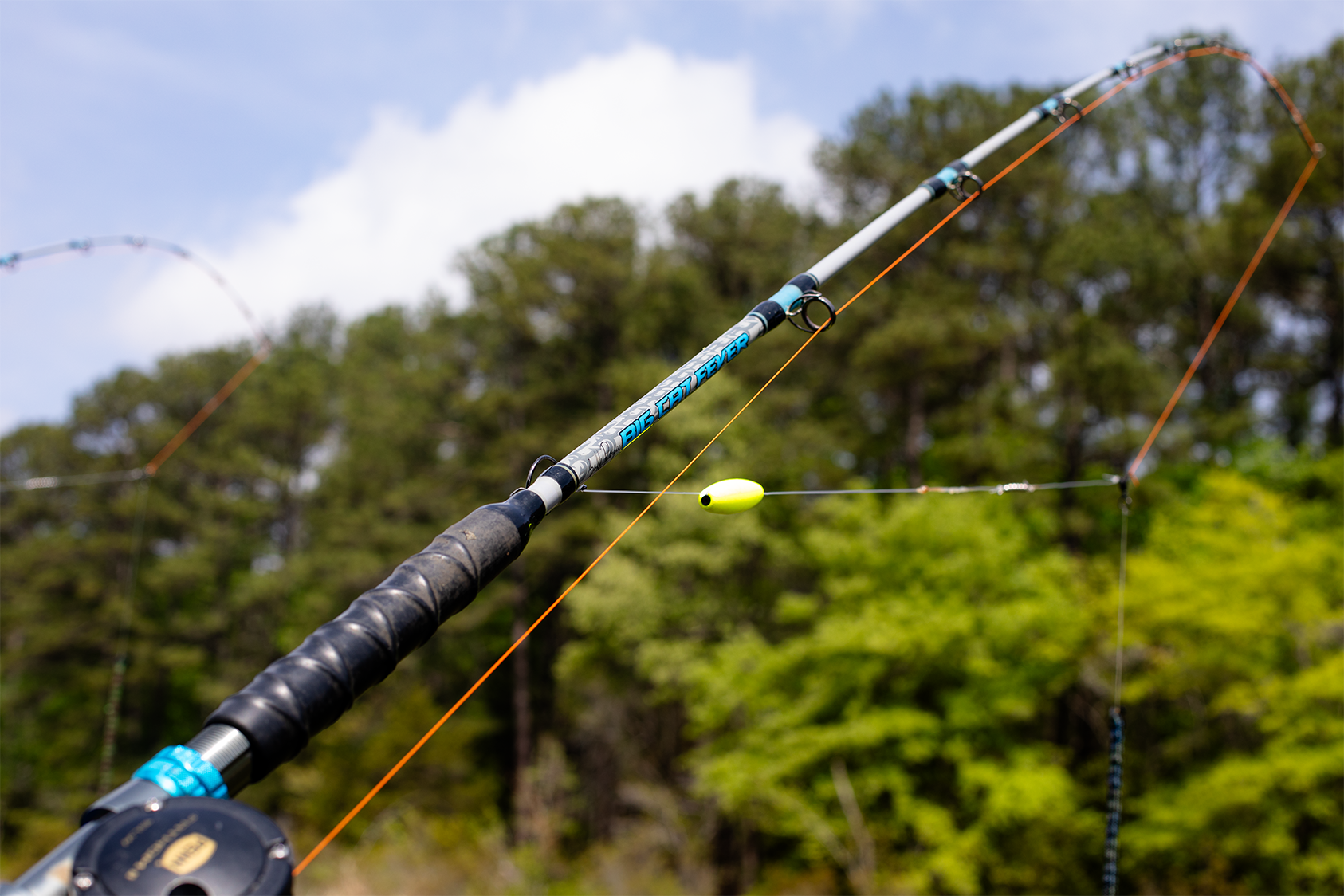
How to Set Up a Drift: Step by Step
Reading Bites and Hooking Fish
Seasonal Adjustments
Common Problems and Quick Fixes
Simple Drift Plan for Your First Trip
Bank Anglers: Walking Drifts
Safety and Fish Care
Conclusion
Shop Catfishing Gear

